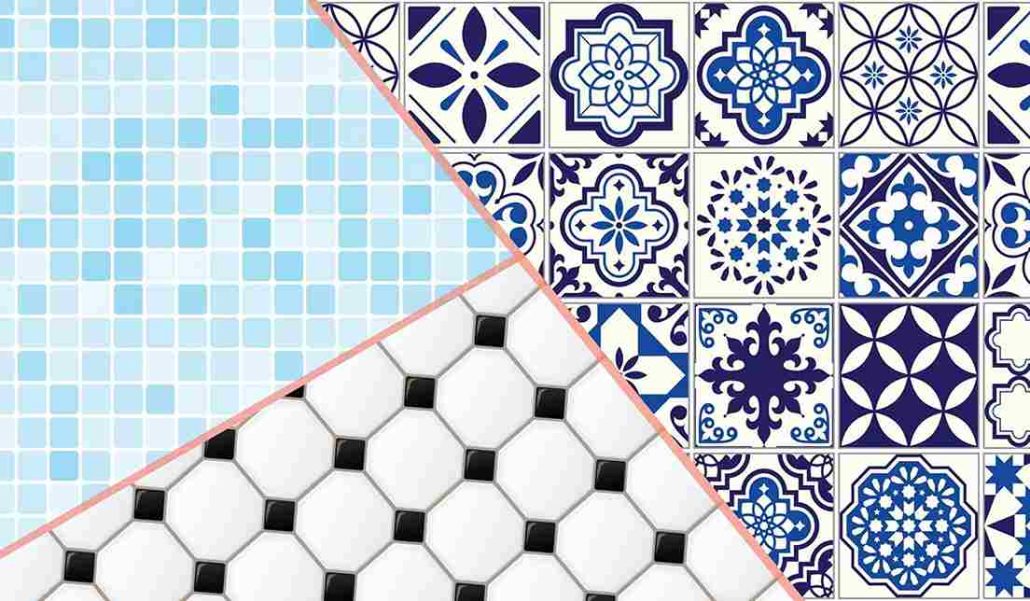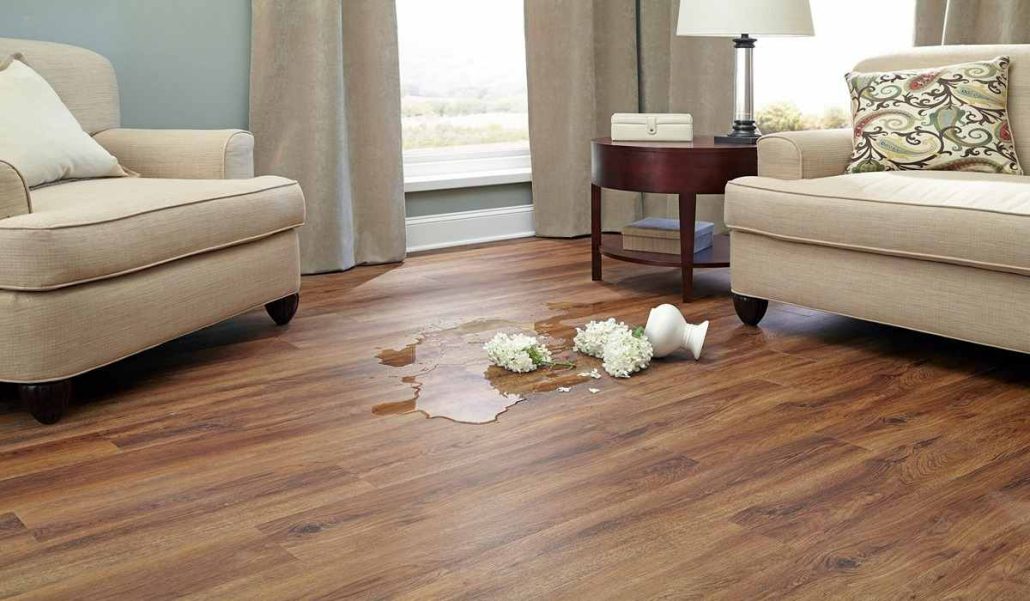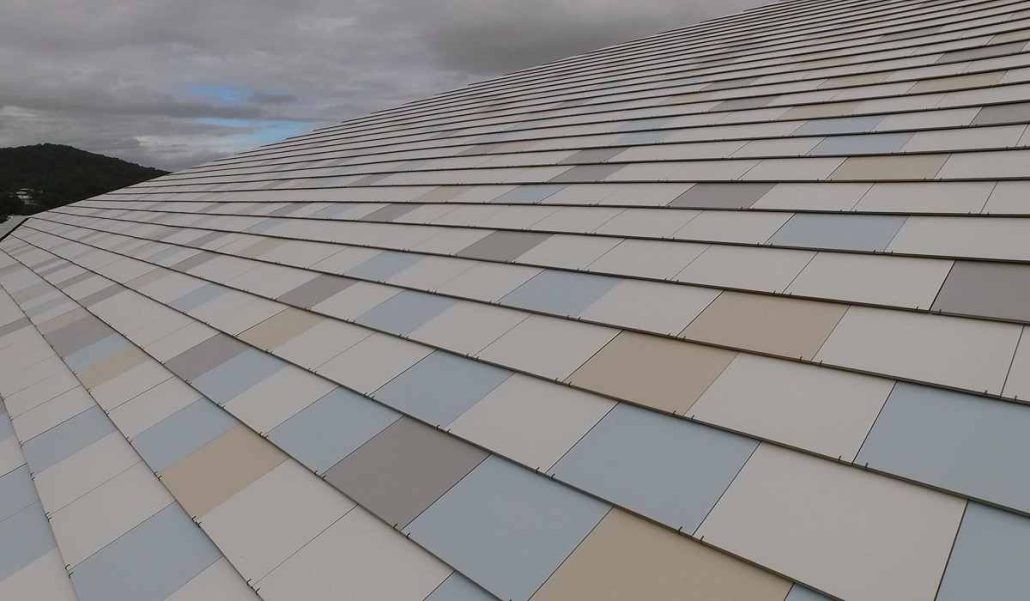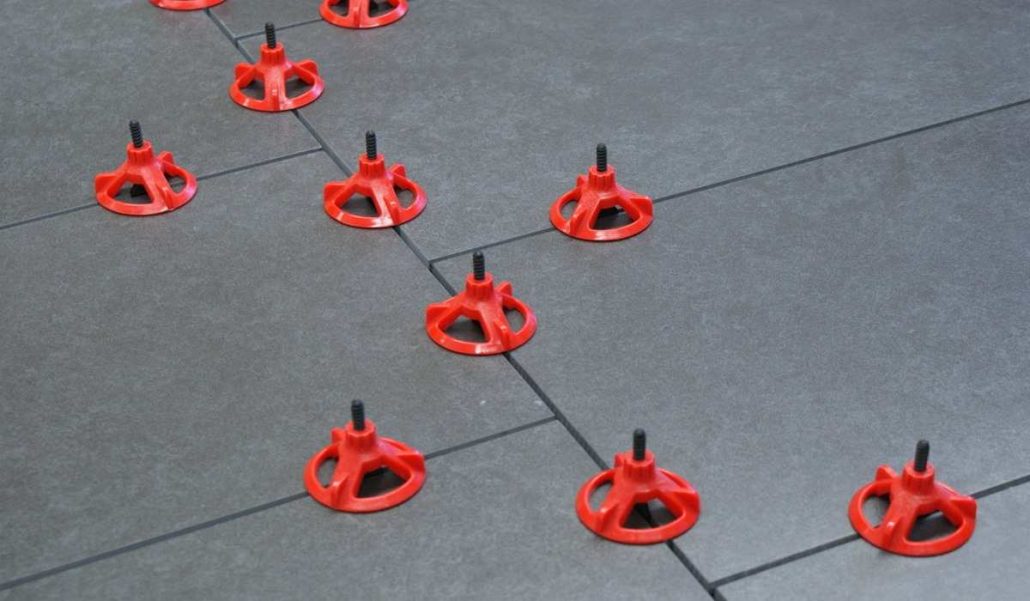underfloor heating tiles | buy at a cheap price
The primary distinction between various flooring options and how well they work with the system is the material’s thermal conductivity, or how quickly and effectively heat is transferred from the source to the floor surface
Flooring with strong conductivity is ideal for underfloor heating since it heats up more quickly, produces more heat, and uses less energy overall
This does not preclude using less conductive materials with underfloor heating, though
Tile and stone are the greatest flooring options for use with underfloor heating
For practically every type of floor finish, an appropriate radiant heating system may be found
Flooring options include:
Polished screed, tile, and stone flooring
Engineered and Wood Flooring
linoleum flooring
A vinyl floor
Carpeting and rugs
A rubber floor

This page outlines what you need to know about various flooring options for underfloor heating, regardless of whether you’re renovating or opting to floor new construction
FLOORING TYPES Any floor can benefit from underfloor heating
The heat conductivity of the material is the only distinction between the various floor finishes that can be used with an underfloor system
POLISHED SCREED, TILE, AND STONE Tile and stone are the greatest flooring options for use with underfloor heating
Due to their high thermal conductivity, tile and stone quickly transmit heat from an underfloor heating pipe or wire to the floor’s surface
The technique is effective because tile and stone retain heat efficiently
Due to their exceptional thermal properties, tile and stone are ideal for use with underfloor heating in spaces that experience significant heat loss, such as conservatories
They have a high heat output of up to 200W/m2 and can be heated to at least 29 °C

When looking for a highly responsive system, it is advised to stick to a maximum thickness of 20mm because the thickness of the tile and stone has little effect on heat output but slightly increases heat up time
The ideal flooring for underfloor heating is tile and stone since they are extremely conductive
Stone and ceramic tiles
What kind of flooring works best with underfloor heating?
Superior heat transmission capabilities and a compact profile
easy to maintain
gleaming concrete
highly conductive and quick to heat up
Useful with both water-based and electric underfloor heating
Flagstone and slate
Highly conductive naturally and excellent for underfloor heating The best flooring finish for high-traffic areas is durable
Marble Good thermal conductivity, but heating up takes longer Underfloor heating with tile and stone installation advice When installing underfloor heating with tiles, you must use a high-quality 2-part flexible tile adhesive Always utilize insulation when placed on a concrete subfloor
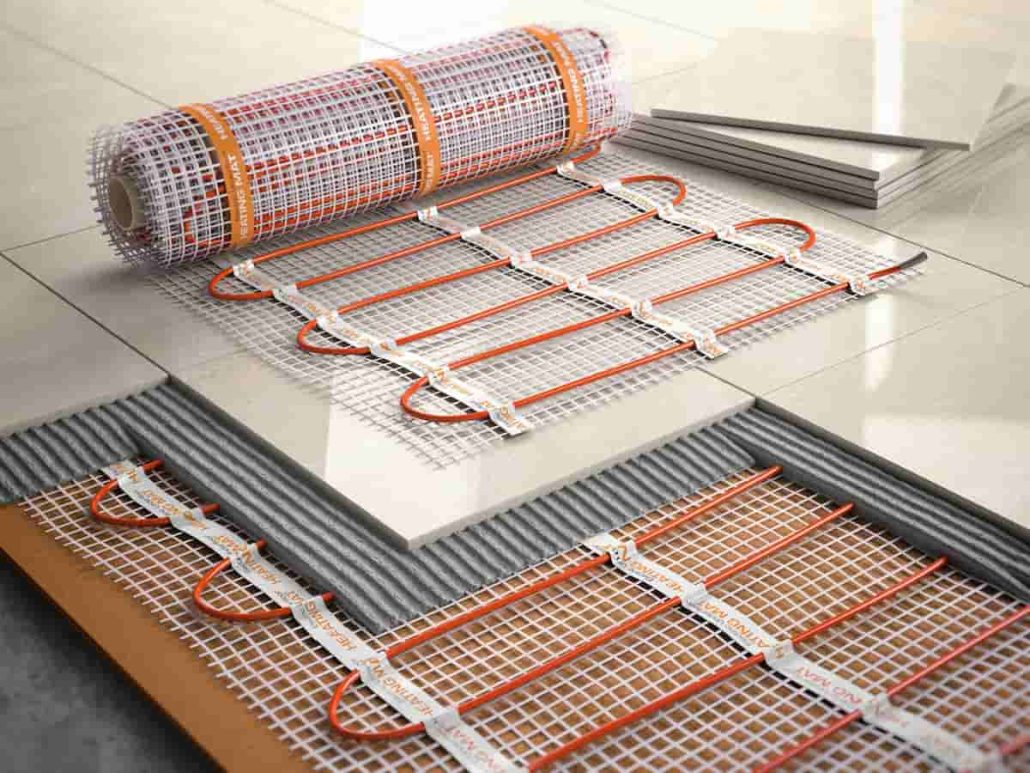
WALLS AND FLOORS The viability of various types of wood flooring for use with an underfloor heating system varies according to their thermal qualities
The better the floorboards carry heat and, traditionally, the more suitable they are for use with underfloor heating, the denser and thinner they are
The ideal type of wood flooring to use with an underfloor heating system is engineered timber since it adapts well to fluctuations in floor temperature
Other types of wood flooring are also an option, but when using softer, less dense wood, care must be taken to ensure that the floorboards are not too thick to work as an insulator and block the heat
The floor surface temperature for wood flooring generally cannot be higher than 27°C
You should select wood flooring that can adjust to fluctuations in floor temperatures without altering the floor’s appearance since heating the floor increases the moisture content of the wood
The best wood for floor heating is often kiln-dried wood, but you should always check with the flooring manufacturer to make sure

Different types of wood flooring can be heated with the underfloor, but care must be taken to ensure that the thickness of the floorboards does not function as an insulator and block the heat
Engineered wood utilizing the best wood flooring for underfloor heating
It functions effectively with shifting floor temperatures and changes in moisture content
genuine hardwood susceptible to variations in temperature and humidity, which could lead to gapping, cupping, and crowning
When using underfloor heating, caution must be taken to ensure compatibility and a high enough heat output
Always inquire with the manufacturer about suitability before using
Softwoods Suitable for use with underfloor heating
However, care must be taken to achieve a high adequate heat output by paying attention to the thickness of the flooring
a hardwood floor Available in solid or engineered wood, most varieties may be used with underfloor heating Bamboo It is built similarly to engineered wood and works well with underfloor heating since it is a good heat conductor
Underfloor heating with wood flooring installation advice

Wood is a natural substance whose properties are influenced by the dampness of its surroundings
Due to this, it’s crucial to ensure that wood flooring is installed with the proper moisture content and that the heating cycle is used properly
Engineered wood can be installed directly over underfloor heating with a floating floor or a batten/jointed system
To provide adequate structural support, boards with a thickness of less than 20 mm should be supported and secured
It is advised to use low tog underlays when putting the boards over screed
BLANKET FLOORING This synthetic floor has a scratch- and stain-resistant floor coating and looks like wood
It’s an affordable solution that is simple to lay
Although most laminates can be used with underfloor heating, it is best to confirm with the flooring manufacturer before setting up the system
PLASTIC FLOORING Underfloor heating is safe to use with vinyl flooring
Vinyl has a rapid rate of heating and cooling
Vinyl flooring is not advised in locations with substantial heat loss, such as older conservatories, because they are subject to a top floor temperature restriction, often 27°C, restricting the heat output

RUBBERS ON THE FLOOR Underfloor heating can be used with rubber
Because solid rubber flooring is frequently very conductive, it heats up quickly and produces a lot of heat
To verify appropriateness for use with underfloor heating, always check the manufacturer
MATTRESS FLOOR Underfloor heating can be used with carpet as long as the carpet’s or underlay’s material does not function as a heat-blocking insulator
The combined tog of all materials, including any under and overlays, must not exceed 2
5 togs for the system to produce enough heat
Underfloor heating can be used with laminate and carpet, but you must ensure that the combined tog of all materials does not exceed 2
5 togs for the system to produce enough heat
TIMES FOR DIFFERENT FLOORS TO HEAT UP Because each material has a varied thermal mass and conductivity, the choice of flooring material influences the heat-up time
The faster heat from an underfloor heating pipe or wire passes onto the floor surface, the lower the thermal mass and the higher the conductivity
As a result, materials with low thermal mass cool down more quickly than those with high thermal mass
By facilitating the passage of heat to the floor finish, insulation boards can enhance a system’s responsiveness

The effect of flooring materials on heat output The flooring choice influences the maximum heat output of the system since some floor finishes have a peak temperature restriction that lowers the maximum heat output
The total heated floor area, as well as the air and floor temperatures, all affect a system’s heat output
Any of these three variables can be changed to affect heat output
Since the room’s size and the air’s comfort level are already largely established, changing the floor finish is typically the simplest
It’s crucial to check that the room’s heat loss is less than the heat output from the floor
A two-degree differential in the floor’s temperature significantly impacts heat output, as shown in the graph below
Therefore, switching to a floor finish that can be heated to 29°C to deliver additional heat output may be beneficial if your current flooring can only be heated to 27°C and does not provide the heat output you require
To ensure your heating system suits your needs, you might also consider adding additional heating
The floor temperature has a direct impact on the maximal heat output
The graph shows the underfloor heating system’s maximum heat output when the heated area is 10 m2, and the desired room temperature is 21 °C


